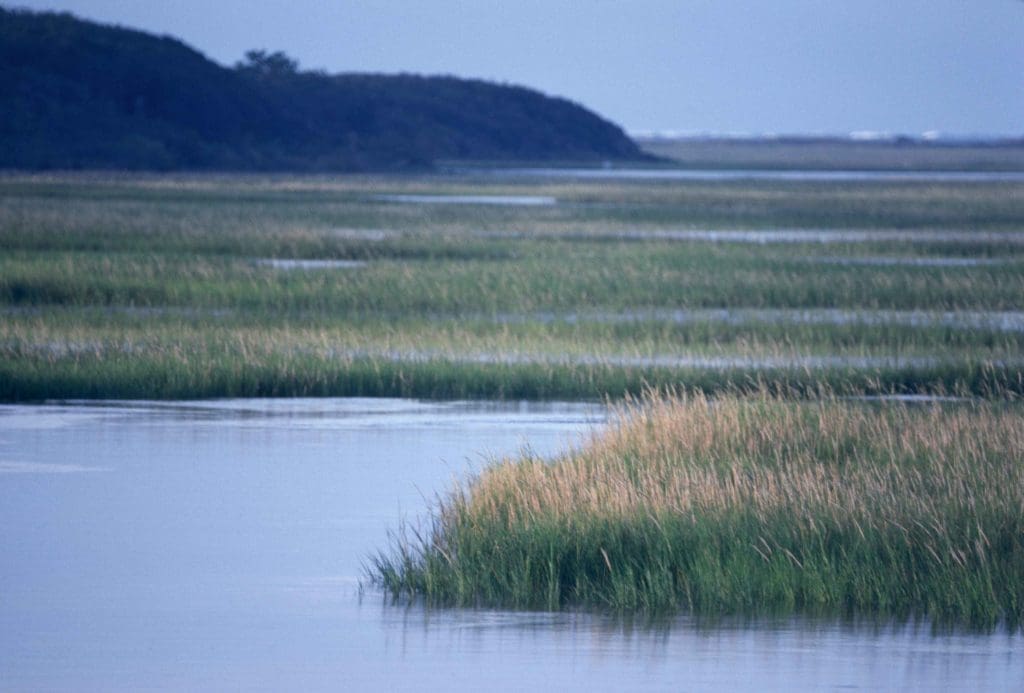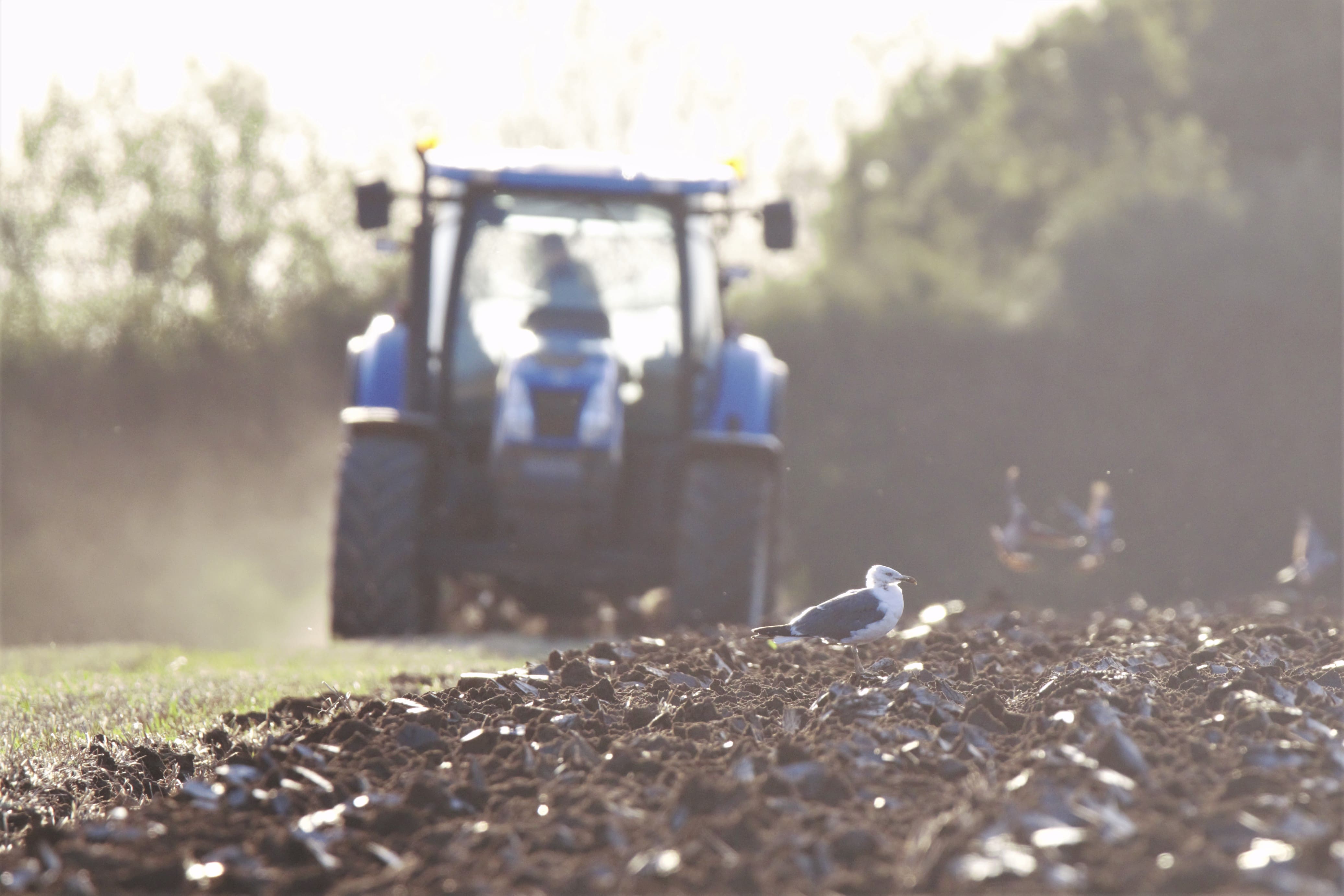Conservation Evidence Blog

How do you solve a problem like Spartina?
Sam Reynolds discusses a recent project providing evidence to support management of an invasive grass on the Chinese coast.

Transforming Conservation: A Practical Guide to Evidence and Decision Making
“Transforming Conservation is a new book that brings together 75 leading experts in different elements of good decision making in conservation. It guides the reader through the decision-making process, from how to identify stakeholders and frame the problem, to actually making the decision…”

The Conservation Learning initiative: improving the impact of conservation strategies
Working in partnership with the MAVA Foundation and Foundations of Success, we are excited to present the Conservation Learning Initiative.

Conservation on a wing and a prayer, or following the evidence?
Last month, we published our 25th synopsis, a global synthesis of evidence for conservation actions for butterflies and moths. Featuring 587 studies testing the effectiveness of 152 possible actions, and reviewed by 20 experts from around the world, the synopsis summarises evidence for the impact of interventions ranging from managing farmland in ways which might benefit insects to restoring degraded habitats, and from restricting chemical and light pollution to using translocations…

Plenty more fish in the… CE synopsis on Marine Fish Conservation!
The Marine Fish Synopsis aims to help researchers, fisheries managers and stakeholders address this exact need. This newly updated version of the synopsis (with additional actions) focusses on one of the main threats, overfishing – the harvesting of too many fish from the sea for populations to sustain themselves – and synthesizes the global evidence for effects of interventions to conserve fish numbers, or reverse the effects of sometimes decades of fish population decline.

“Show me the money!”: Poor reporting of costs of conservation interventions hampers ability to prioritize funds for nature
We reviewed 1,987 papers and found that only 8.8% of papers reported the total cost of the intervention being tested (White et al 2022). When papers did report costs, the reporting was often unstandardized and missing important information… This makes it difficult for conservationists to use this information, as it is difficult to know whether or not the costs are relevant to your circumstance.

New non-English language studies database: increasing the availability of conservation evidence
We are delighted to announce that we have now launched our non-English language database of studies testing conservation actions on our website. This forms part of our freely available Conservation Evidence resource of systematically-gathered evidence designed to help support conservation management or policy decisions…

The Conservation Evidence project — a truly collaborative and international effort
The Conservation Evidence database was created to provide an easily accessible, free, authoritative information resource to support decisions about how to maintain and restore global biodiversity. So far, we have worked with over eleven hundred named collaborators from across the globe, to create the database and to help facilitate a change to more evidence-based practice…

A brand new synopsis for reptile conservation
As we begin a brand new year, we are delighted to announce that the long awaited Reptile Conservation synopsis of evidence is finally here, produced by an international team of authors and advisors. But what actually is a “Reptile Conservation synopsis of evidence”…

Helping practitioners to make and document conservation decisions: the Evidence-to-Decision tool
When undertaking actions to restore habitats or conserve wildlife, we often have to make difficult decisions. Which actions are best to benefit bird species or pollinators? How effective will these actions be? Are they feasible to implement, and acceptable to other stakeholders? To make decisions, conservationists have to use and combine various sources of information […] and ensure that limited funds are used to maximum effect. […] Here I outline a new decision support tool developed jointly between conservation researchers and practitioners that helps to document the evidence and thinking behind decisions.
